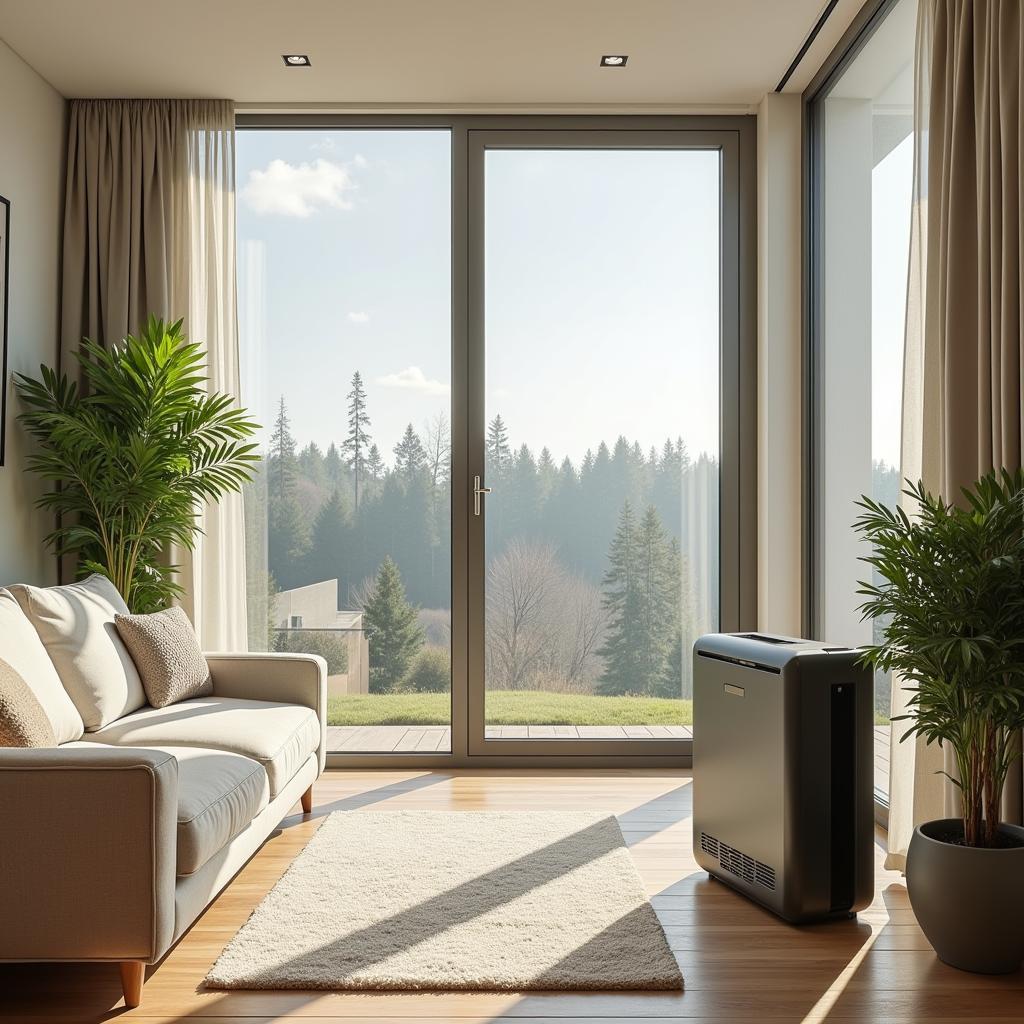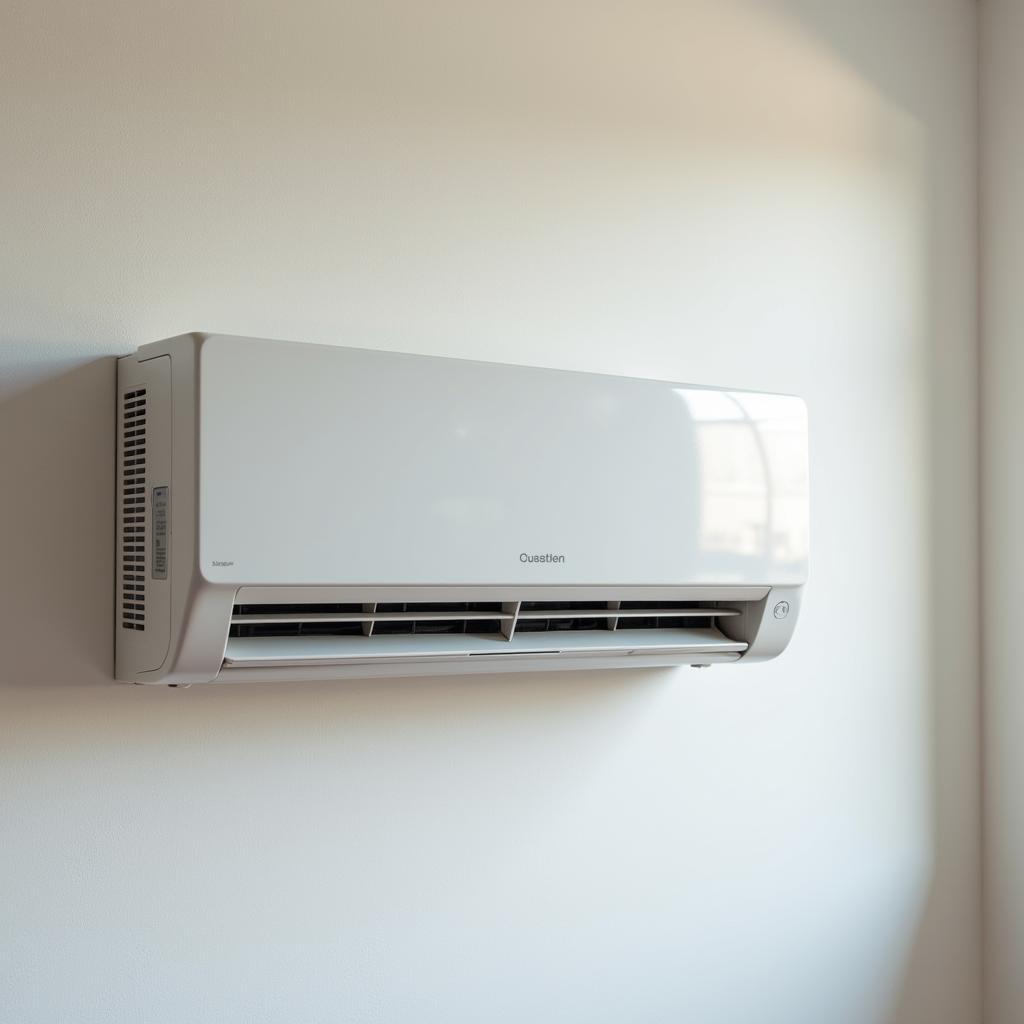High humidity can make your home feel stuffy and uncomfortable. It can also lead to mold growth, which can be harmful to your health. Fortunately, there are several things you can do to lower the humidity in your home and create a more comfortable and healthy living environment.
 Reduce Humidity at Home
Reduce Humidity at Home
Identify the Source of Humidity
Before you can effectively lower humidity levels, it’s essential to identify the source of the problem. Common culprits include:
- Poor ventilation: Inadequate airflow traps moisture inside your home.
- Everyday activities: Showering, cooking, and even breathing release moisture into the air.
- Leaks: Leaky pipes, roofs, or windows can introduce significant moisture.
- Appliances: Dryers, dishwashers, and humidifiers can all increase indoor humidity if not properly vented.
Once you’ve pinpointed the source, you can take targeted steps to address it.
Effective Ways to Reduce Humidity
Lowering humidity levels doesn’t have to be complicated. Here are some effective methods:
1. Ventilate, Ventilate, Ventilate!
Proper ventilation is crucial for regulating humidity. Open windows and doors whenever possible to allow fresh air to circulate. Use exhaust fans in bathrooms and kitchens to remove excess moisture generated by showering and cooking. Consider installing a whole-house ventilation system for continuous air exchange.
2. Invest in a Dehumidifier
 Choosing the Right Dehumidifier
Choosing the Right Dehumidifier
Dehumidifiers are designed to remove excess moisture from the air. They are particularly effective in humid climates or areas prone to dampness. Choose a dehumidifier that’s appropriately sized for the area you need to treat.
3. Take Shorter Showers
Long, hot showers release a significant amount of steam into the air. Opt for shorter showers and cooler water temperatures to minimize moisture buildup.
4. Run Exhaust Fans While Cooking
Cooking, especially boiling water or simmering sauces, generates steam that can contribute to humidity. Always run your kitchen exhaust fan while cooking to remove excess moisture.
5. Fix Leaks Promptly
Leaky pipes, roofs, or windows can introduce significant moisture into your home. Address any leaks promptly to prevent ongoing humidity issues and potential water damage.
6. Use Air Conditioning
 Air Conditioner Reducing Humidity
Air Conditioner Reducing Humidity
Air conditioners not only cool the air but also dehumidify it as part of the cooling process. Using your air conditioner during humid periods can help lower humidity levels.
7. Monitor Indoor Plants
While indoor plants offer numerous benefits, they also release moisture into the air. Be mindful of the number of plants you have and their placement. Avoid overwatering and consider grouping plants together in well-ventilated areas.
8. Choose Moisture-Resistant Materials
When renovating or decorating, opt for moisture-resistant materials like mold-resistant paint, tile, and flooring. These materials are less susceptible to mold growth and can help keep humidity levels in check.
Conclusion
Maintaining optimal humidity levels in your home is essential for a comfortable and healthy living environment. By identifying the source of humidity and implementing effective solutions like ventilation, dehumidifiers, and simple lifestyle changes, you can create a more pleasant and healthier home for you and your family.